| Premium sporty/performance car; Built in USA |
|
|
| Good condition price range: $1,100 – $1,700* |
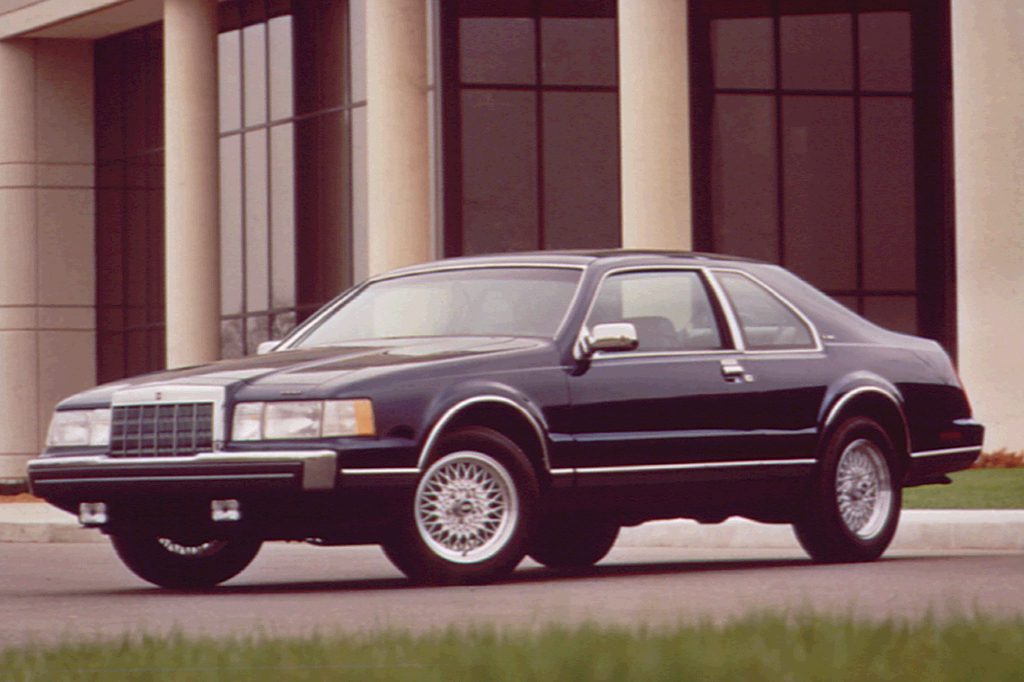
1990 Lincoln Mark VII
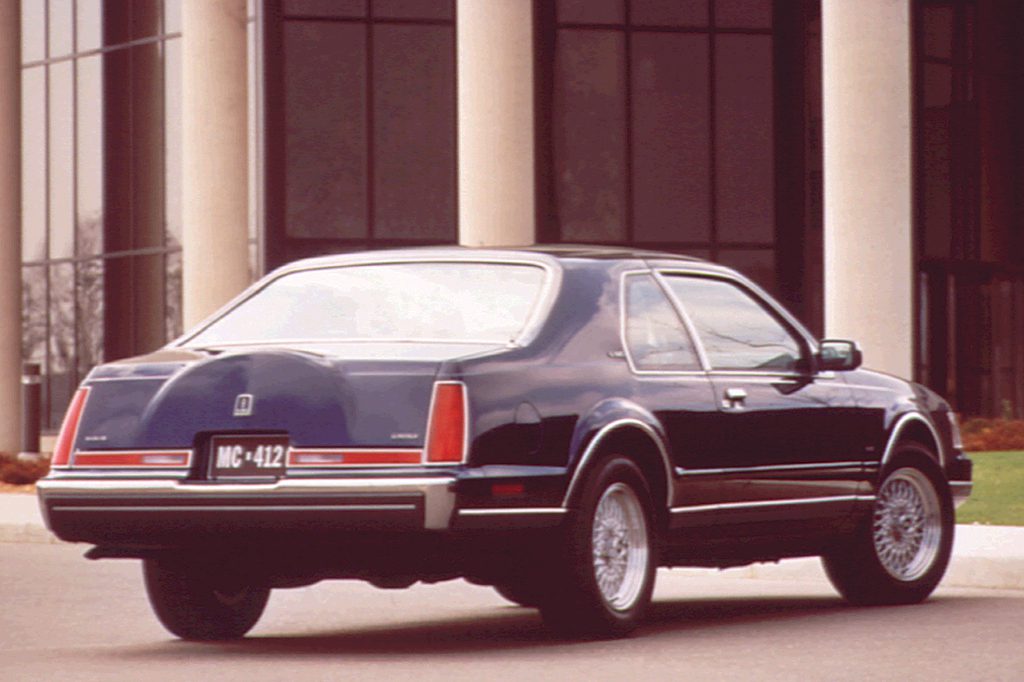
1990 Lincoln Mark VII
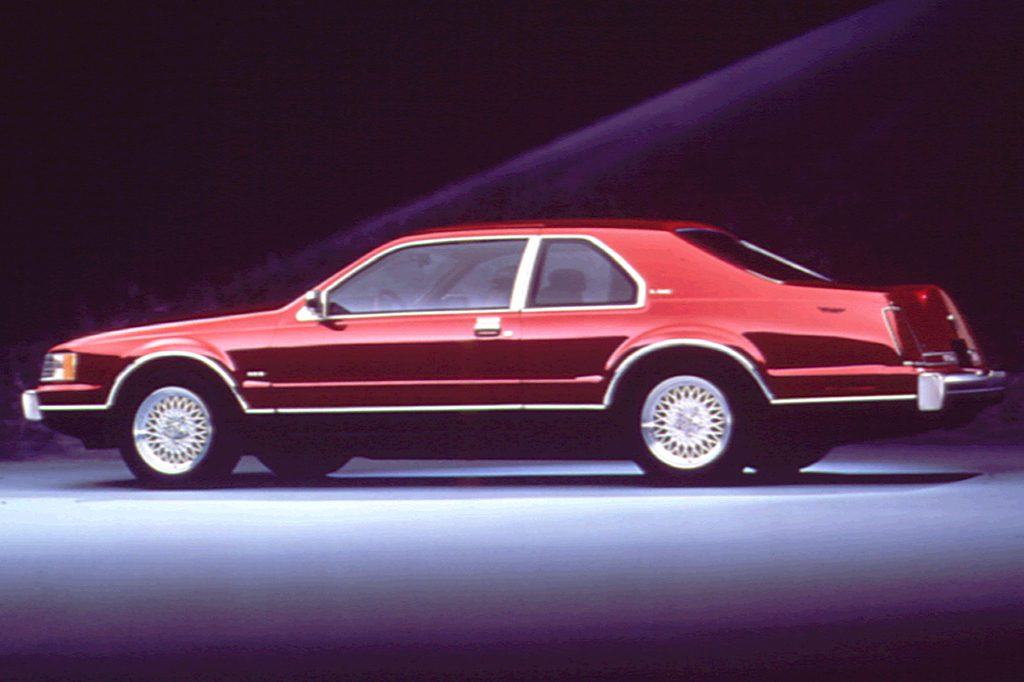
1992 Lincoln Mark VII
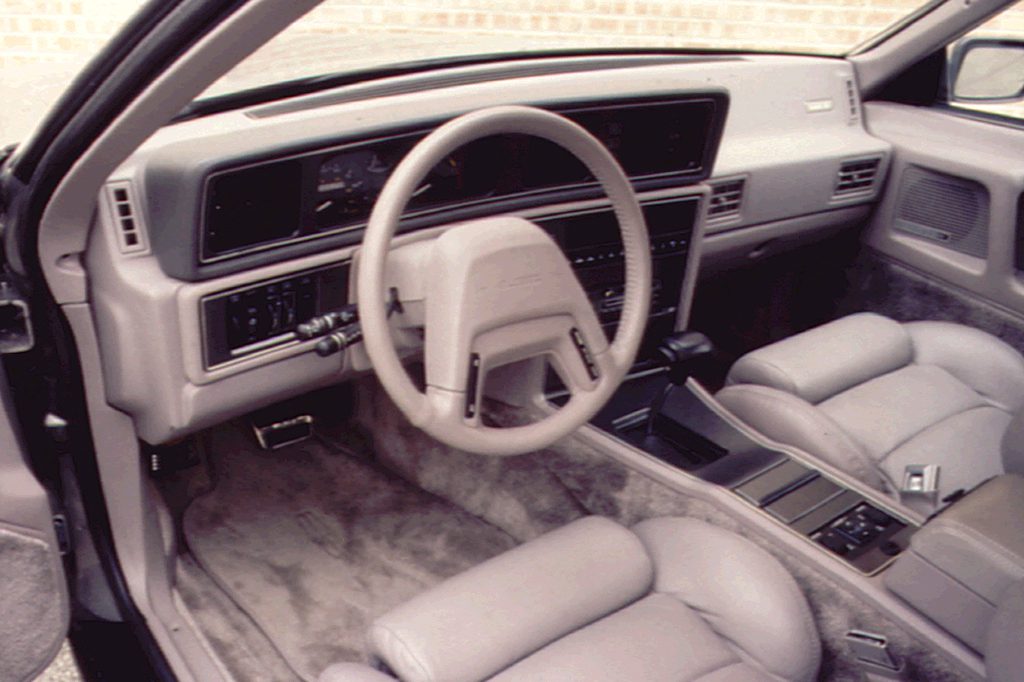
1990 Lincoln Mark VII interior
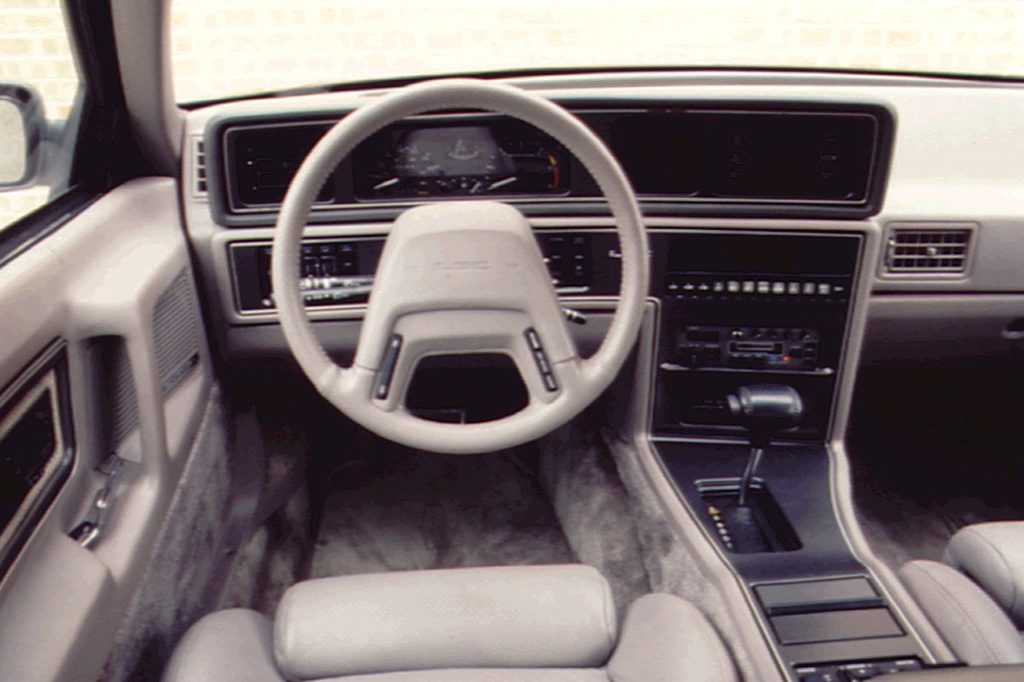
1990 Lincoln Mark VII interior
| Pros: |
|
| Cons: |
|
All told, a Mark VII can still be a good alternative to the front-wheel drive Cadillac Eldorado, the Acura Legend Coupe, or the Lexus SC 300.
Overview
Introduced in 1984, Lincoln’s stylish rear-wheel drive luxury coupe got a revised grille and a driver-side airbag for ’90. Antilock braking had been standard since 1986. Two five-passenger models went on sale: a sporty LSC touring coupe and a luxurious Bill Blass Designer series. Both continued to use a 5.0-liter V8 engine, making 225 horsepower, hooked to a 4-speed overdrive automatic transmission. Both models included a self-leveling suspension, automatic climate control, remote decklid release and power decklid pull-down, and 6-way power front seats. A power glass moonroof was optional.
Yearly Updates
| 1991 Mark VII For 1991, the Bill Blass Designer edition adopted the LSC’s firmer handling suspension, quick-ratio steering and larger tires. |
| 1992 Mark VII Except for minor trim changes, nothing was new for Lincoln’s luxury coupe. A completely new Mark VIII was expected for ’93. |
